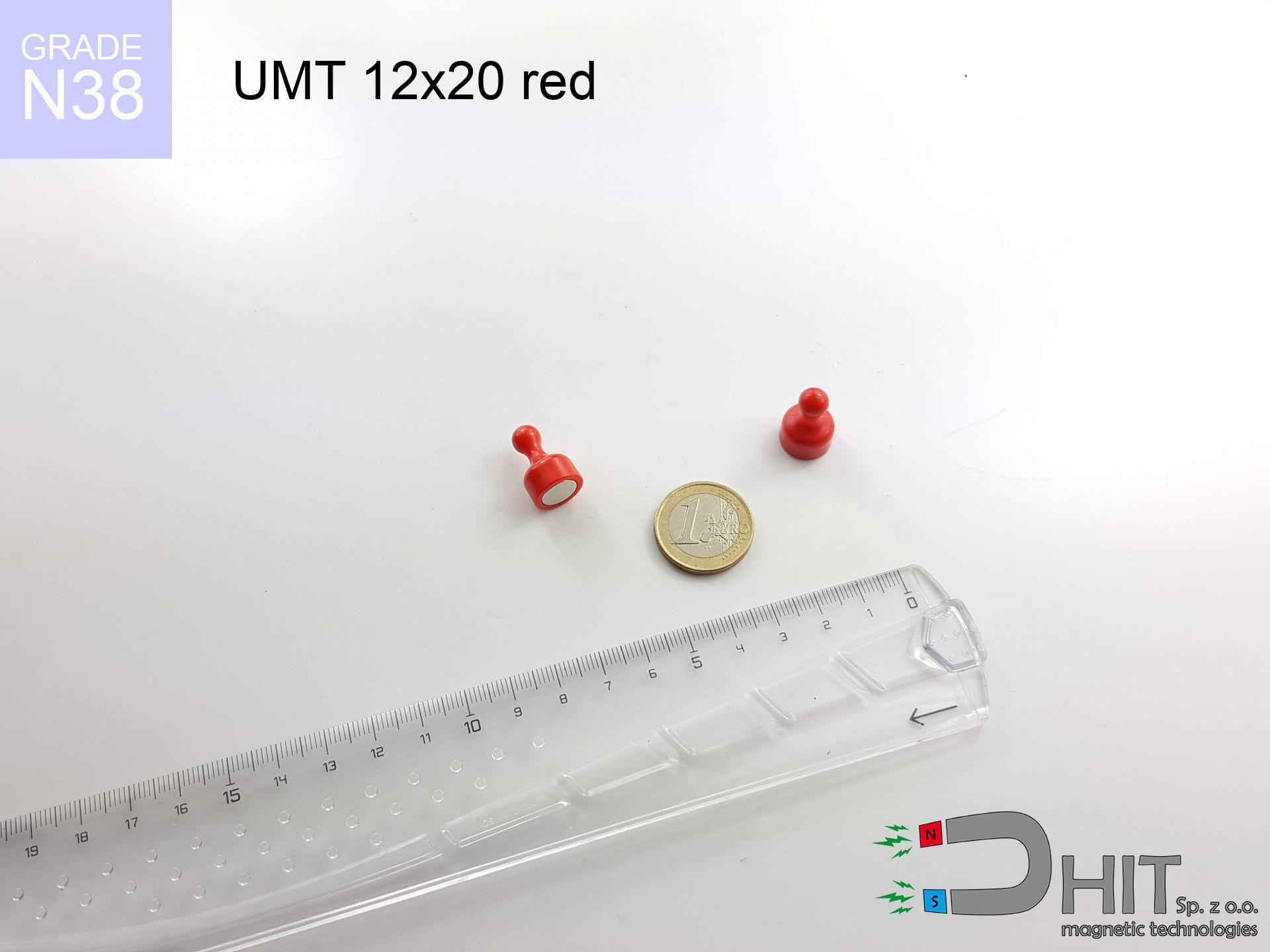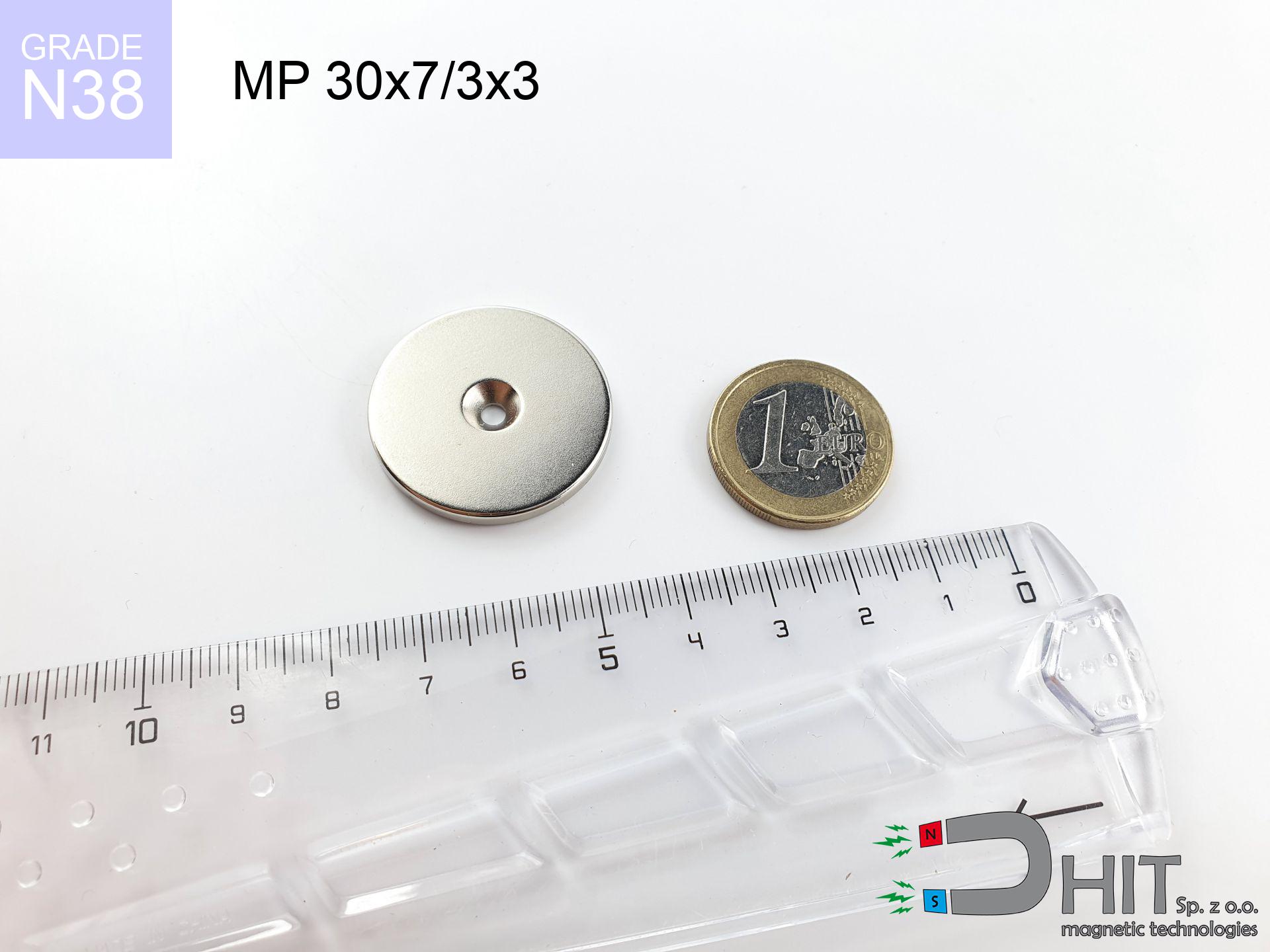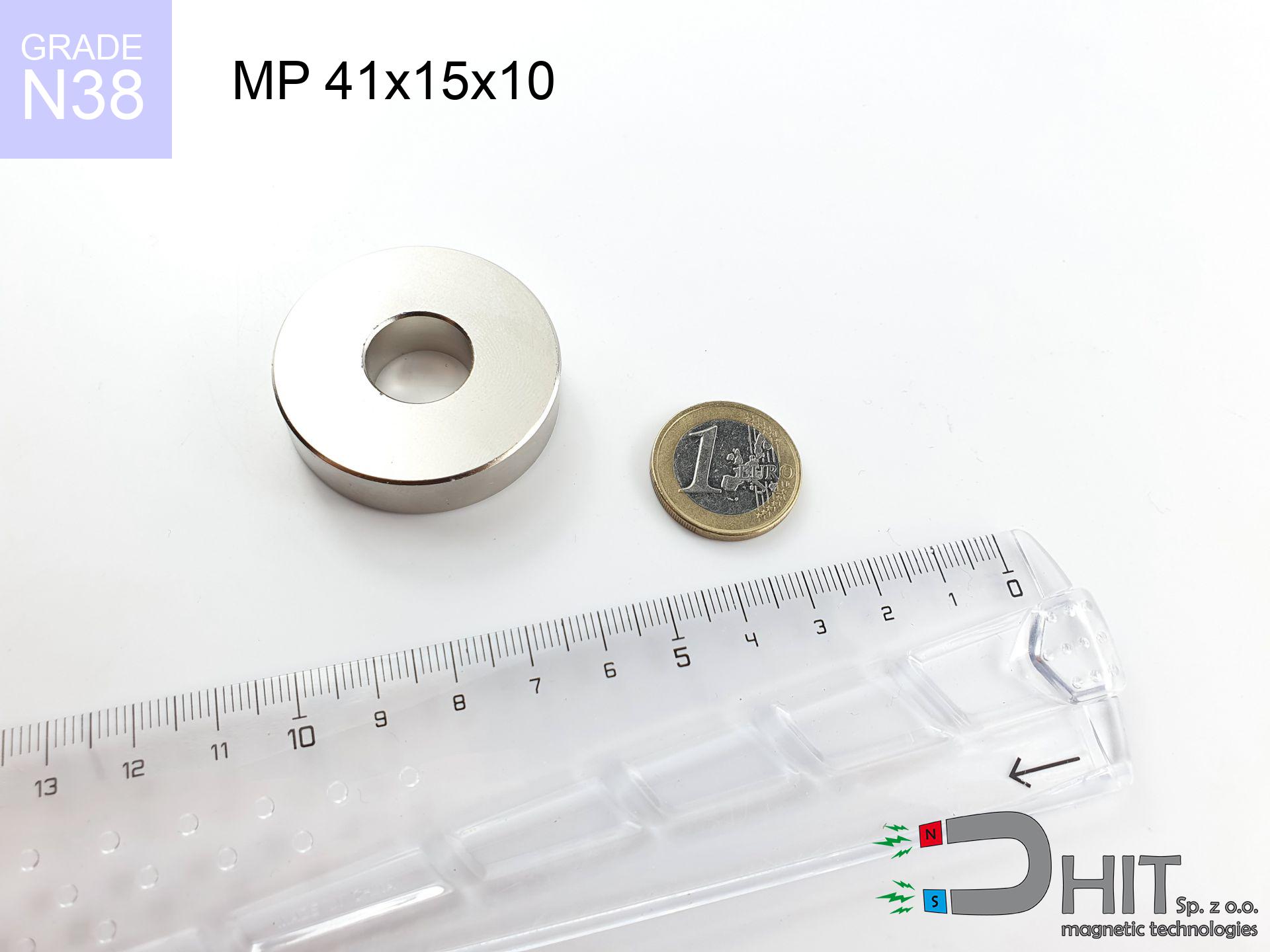UMT 12x20 red / N38 - magnetic pin
board holder
catalog number 230278
GTIN: 5906301814306
diameter Ø
12
mm [±0,1 mm]
height
20
mm [±0,1 mm]
max. temperature
≤ 80
°C
catalog number 230278
GTIN: 5906301814306
diameter Ø
12 mm [±0,1 mm]
height
20 mm [±0,1 mm]
max. temperature
≤ 80 °C
1.89 ZŁ gross price (including VAT) / pcs +
1.54 ZŁ net price + 23% VAT / pcs
bulk discounts:
need more quantity?Do you have doubts?
Give us a call tel: +48 888 99 98 98 or write through contact form on the contact page. You can check the mass as well as the shape of magnet in our force calculator force calculator
Orders placed by 2:00 PM will be shipped on the same business day.
Specification: board holder 12x20 red / N38
Magnetic properties of the material N38
Physical properties of sintered neodymium magnets Nd2Fe14B
Recommended articles for purchase
Advantages and disadvantages of neodymium magnets NdFeB.
Apart from immense power, neodymium magnets have the following advantages:
- They do not lose their strength (of the magnet). After about 10 years, their strength decreases by only ~1% (theoretically),
- They are highly resistant to demagnetization by external magnetic sources,
- Thanks to the shiny finish and nickel, gold, or silver coating, they have an aesthetic appearance,
- They have very high magnetic induction on the surface of the magnet,
- Thanks to their high temperature resistance, they can operate (depending on the form) even at temperatures up to 230°C and above...
- The ability for precise shaping or customization to specific needs – neodymium magnets can be produced in various forms and dimensions, which enhances their versatility in applications.
- Significant importance in modern technologies – find application in computer drives, electric drive mechanisms, medical devices or other modern machines.
Disadvantages of neodymium magnets:
- They are fragile when subjected to a powerful impact. If the magnets are exposed to impacts, we recommend using magnets in a protective case. The steel housing in the form of a holder protects the magnet from impacts, and at the same time increases its overall strength,
- They lose power at high temperatures. Most neodymium magnets experience permanent loss of strength when heated above 80°C (depending on the form and height). However, we also offer special magnets with high temperature resistance, up to 230°C,
- They rust in a humid environment - during outdoor use, we recommend using waterproof magnets, such as those made of rubber or plastic,
- Limited ability to create threads or complex shapes in the magnet - the use of a housing is recommended - magnetic holder
- Possible danger to health from tiny fragments of magnets are risky, if swallowed, which is crucial in the context of children's health. Furthermore, tiny parts of these magnets are able to be problematic in medical diagnosis after entering the body.
Be Cautious with Neodymium Magnets
Under no circumstances should neodymium magnets be brought close to GPS and smartphones.
Neodymium magnets are a source of strong magnetic fields that cause interference with magnetometers and compasses used in navigation, as well as internal compasses of smartphones and GPS devices.
Neodymium magnets can become demagnetized at high temperatures.
Under specific conditions, Neodymium magnets may experience demagnetization when subjected to high temperatures.
It is important to maintain neodymium magnets away from youngest children.
Neodymium magnets are not toys. Be cautious and make sure no child plays with them. In the case of swallowing multiple magnets simultaneously, they can attract to each other through the intestinal walls. In the worst case scenario, this can lead to death.
You should keep neodymium magnets at a safe distance from the wallet, computer, and TV.
Strong magnetic fields emitted by neodymium magnets can destroy magnetic storage media such as floppy disks, credit cards, magnetic ID cards, cassette tapes, video tapes, or other devices. They can also damage televisions, VCRs, computer monitors, and CRT displays. Avoid placing neodymium magnets in close proximity to electronic devices.
Neodymium magnetic are fragile and can easily crack and shatter.
Magnets made of neodymium are delicate as well as will break if allowed to collide with each other, even from a distance of a few centimeters. Despite being made of metal and coated with a shiny nickel plating, they are not as hard as steel. At the moment of collision between the magnets, small sharp metal fragments can be propelled in various directions at high speed. Eye protection is recommended.
People with pacemakers are advised to avoid neodymium magnets.
In the case of neodymium magnets, there is a strong magnetic field. As a result, it interferes with the operation of a heart pacemaker. Even if the magnetic field does not affect the device, it can damage its components or deactivate the entire device.
Dust and powder from neodymium magnets are flammable.
Avoid drilling or mechanical processing of neodymium magnets. Once crushed into fine powder or dust, this material becomes highly flammable.
Neodymium Magnets can attract to each other, pinch the skin, and cause significant swellings.
If the joining of neodymium magnets is not under control, at that time they may crumble and also crack. Remember not to approach them to each other or hold them firmly in hands at a distance less than 10 cm.
Comparing neodymium magnets to ferrite magnets (found in speakers), they are 10 times more powerful, and their power can shock you.
Make sure to review all the information we have provided. This will help you avoid harm to your body and damage to the magnets.
The magnet is coated with nickel - be careful if you have an allergy.
Studies clearly indicate a small percentage of people who suffer from metal allergies such as nickel. An allergic reaction often manifests as skin redness and rash. If you have a nickel allergy, try wearing gloves or avoid direct contact with nickel-plated neodymium magnets.
In order to show why neodymium magnets are so dangerous, read the article - How very dangerous are powerful neodymium magnets?.







